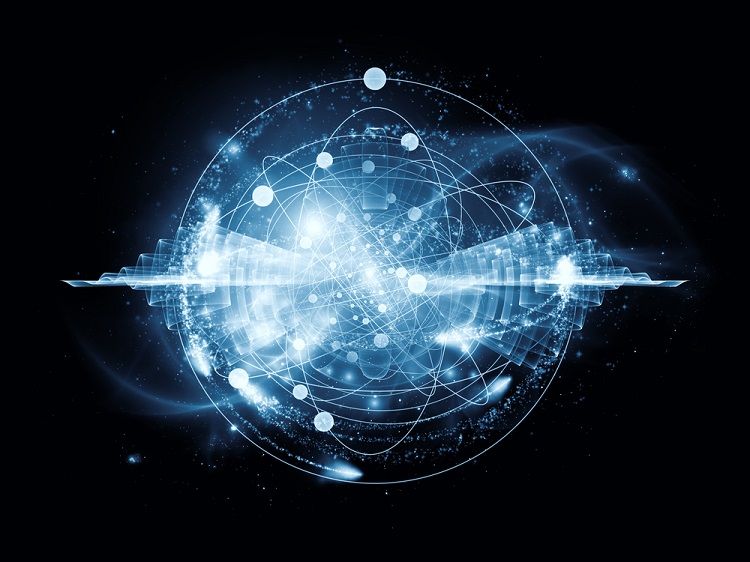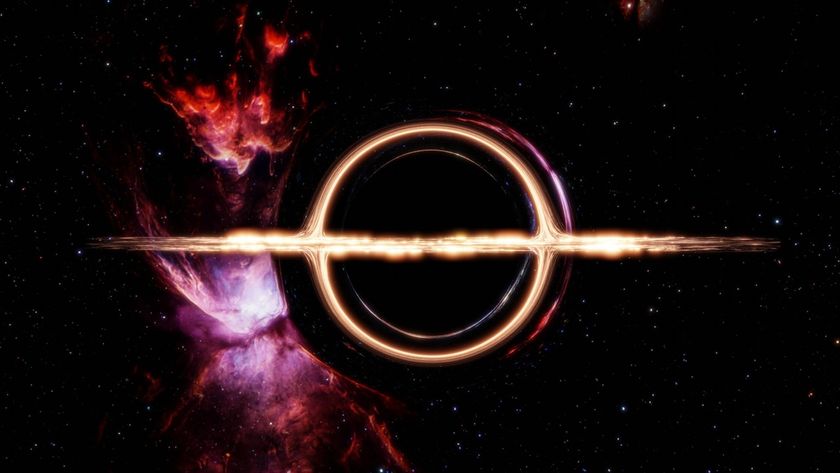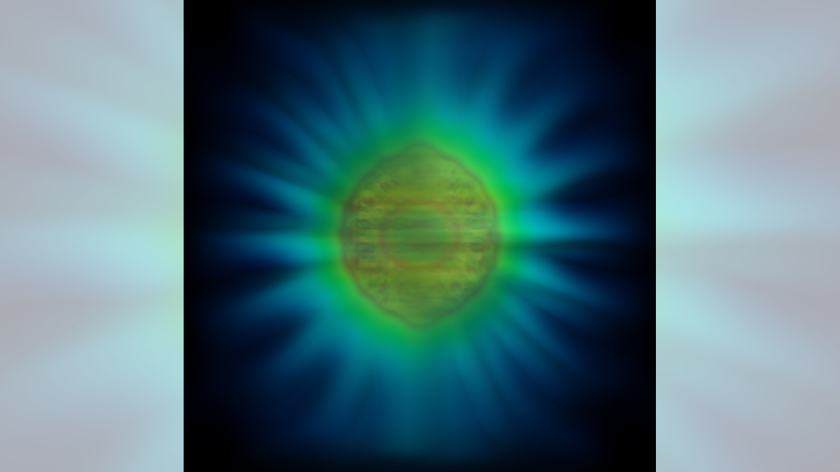Spooky Quantum Physics Demonstration Tonight: How to Watch Live

Dive headlong into the weird world of quantum mechanics tonight (Oct. 1) with Harvard physics professor Subir Sachdev who will explain the link between the strange phenomena of spooky quantum entanglement and the wonder of weightless levitation made possible by superconductors.
You can watch a live webcast on Live Science of Sachdev's presentation at the Perimeter Institute for Theoretical Physics in Waterloo, Canada, tonight at 7 p.m. EDT, where he will discuss ongoing research with high-temperature superconductivity and will also perform a demonstration of superconductor levitation.
"What I hope people will take away is some understanding of what quantum mechanics is really about and why it's so important," Sachdev said in a video trailer for the presentation. [Watch Live @ 7 p.m. ET: Spooky Quantum Physics]
Sachdev will focus on how a greater understanding of the bizarre nature of quantum entanglement can lead to more-practical superconductors, which are materials through which electricity can flow without resistance. That's because when two quantum particles are entangled, an action on one instantaneously affects the other, regardless of their distance from each other. Physicists are even discovering ways to entangle multiple particles. These clumps of connected particles represent entirely new states of matter that physicists say could lead to functional high-temperature superconductors.
Current superconductors are chilled to near absolute zero, and physicists do not fully understand how these cold superconducting materials are able to conduct electric currents with zero energy loss.
Superconductors are already used in things like the magnetic resonance imaging (MRI) machines employed in brain research and magnetically levitated trains, but the technology could be used for a lot more if it could operate at higher temperatures. Physicists have been chasing high-temperature superconducting technology for years.
The name "high-temperature" superconductor can be misleading, since most superconductors operate at temperatures below the boiling point of nitrogen, which is minus 320.4 degrees Fahrenheit (minus 195.8 degrees Celsius). Even high-temperature superconductors will still need to remain fairly cold to maintain their property of zero electrical resistance.
Sign up for the Live Science daily newsletter now
Get the world’s most fascinating discoveries delivered straight to your inbox.
Sachdev will also discuss the relationship between bizarre quantum properties and the behavior of black holes, string theory and gravitational physics.
Anyone watching the presentation can send in their questions by tweeting to @Perimeter and using the hashtag #piLIVE.
"You won't be bored," Sachdev said. "You might be confused a little bit, but you won't be bored."
Follow Kelly Dickerson on Twitter. Follow us @livescience, Facebook & Google+. Original article on Live Science.













